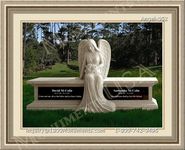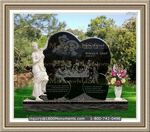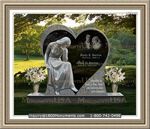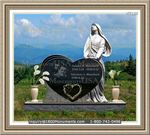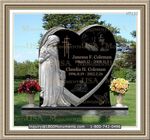|
Details You Should Know When Concerning Funeral Car Flags
There are many situations which require a bit of planning when dealing making final arrangements for someone who has passed away. One of these is that funerary services are often held at a location other than the cemetery where the body is to be interred. To make sure the transition from one facility to another goes smoothly, funeral flags are usually employed.
The parade of mourners following the remains of an individual from the location of services to the site of interment is known as a procession. In some cultures it consists of people walking and carrying the body to its final resting place, though more commonly it is a line of vehicles. The chain is led by the hearse with the deceased inside.
As the one being honored, the deceased is placed in the hearse, which takes the front position. The next place is held by the cars, frequently limousines, that carry the parents, spouse, significant other or children of the departed one. Immediate family will follow the limos and all others mourners will fall in behind them.
Police escorts are often sent to assist the group on their journey and ensure that other drivers do not interrupt the line of mourners. Instead of or in addition to official assistance, the hosting Home may supply banners to each vehicle that identifies their purpose. There are many different styles of these products.
Sometimes, wide ribbons are stretched across the hood of each car, identifying the passengers as in mourning. More commonly used are banners flown from flexible plastic rods attached to an automobile's door window. These may also be found with a magnetic base designed to firmly adhere to the metal or vinyl outside of the vehicle.
Products of this type typically stand nearly a foot tall and use flexible staffs to prevent breakage from strong winds. The banners are usually about 6 x 9 inches which makes them easy to see. Color options may vary with some of the more common options being purple, white and orange, all with contrasting crosses centered on them.
|
|























